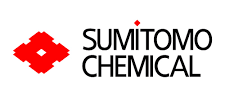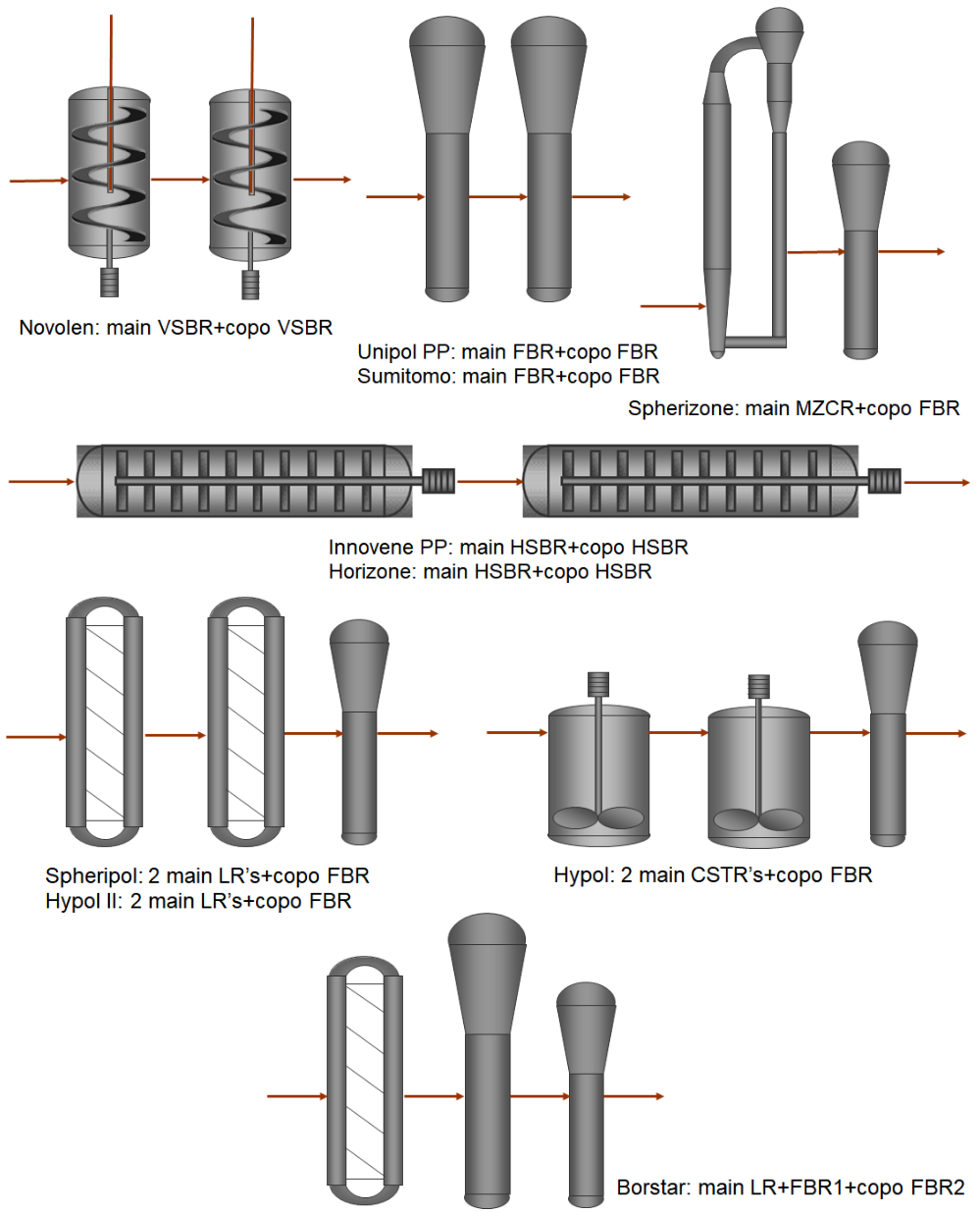Technology Type
- Type
- Gas Phase Polymerization of Propylene
- Process
- Polypropylene processes
-

- #TT18
Description
Your insights will be shown here
No entries
| Title | Date |
|---|
Image
| Technology | Owner | Entity |
|---|---|---|

|
Grace | |

|
Ineos Techn Holdings | |

|
Lummus | |

|
Sumitomo Chemical |
Content provided by
| Transaction | Name | Date |
|---|---|---|
| Modified by |
|
8/21/2025 5:30 PM |
| Added | 11/13/2021 4:08 PM |








